The Complete Guide to Barcelona’s El Raval

THANK YOU for purchasing this Guide and supporting my content!
What is El Raval?
The Raval is the city's most diverse area with more than half of the local population coming from outside of Spain as a whole. That's very representative of the neighborhood's history. The Raval has always been a place 'outside' of the city. In fact the are was brought inside the city walls in the 14th century, adding some much needed space south of La Rambla streaching towards Montjuïc. The name Raval comes from the Arabic 'rabat', or, "outside the walls".
The new area of the city had space required for many of the church buildings and larger pieces of land needing protection within the walls. In the 18th and 19th centuries, that space turned in factories and housed many workers moving tot he city for work. It became incredibly dense in population and a big distinction between classes could be seen. Prostitution, crime, anarchism ran about, while the bougeouise still owned houses in the area.
At the beginning of the 20th century and with the economic success Barcelona expereicned as a ruslt of the First World War, the proximity to the port and the partying in the area (incombination with the preciously mentioned activities), gave the Raval the nickname the Barrio Chino.
Today there are still many problems with housing and crime, to name a few, but the area also holds a lot of cultural offerings. It's a misunderstood area tha tmost tourists here they shouldn't visit, or avoid altogether when visiting the city.

📩 This is my guide to Barcelona’s El Raval. For some of the top things to do all around the city, Download my FREE Top 5 Guide to Barcelona!
Top Tips and Recommednations
I think how dangerous the Raval is gets a bit over exaggerated. You will notice a difference from other neighborhoods in Barcelona, but a little bit of legacy, plus day-to-day issues have made the Raval, the 'dangerous' neighborhood in the city. That being said, you will notice a difference from some of the other surrounding areas. Some of the biggest problems affecting the area, are not problems a vistor spending a few hours walking around will notice. I in no way want to downplay an issues, but I also don't want you to think you can't even step into the area, which seems to be the impression some people come with.
1. Is it safe?
More than any other neighborhood this is the first question people ask about the Raval. Like anywhere in the city, you unforuntatley need to be aware of pick pockets, and you will find more drugs and drugged-out people roaming these streets, I won't lie. Like anywhere else, keep track of your belongs and use your common sense.
2. North-side vs. South-side
You will notice a stark contrast between the are of the Raval above Hospital Street, closer to Plaça Catalunya, and the part closer to the port. The area towards the port is much more residential and is where the Barrio Chino nickname comes from. The area closer to Plaça Catalunya is much more reformed and holds the most amount of tourist attractions, where you see a lot more movement.
3. Day vs. Night
Visiting in the day is also a very different experience than walking the area at night. There are many bars and restaurants that open later and the museums are closed.
4. Do a tour!
You might feel more comfortable seeing the neighborhood with a guide, there are plenty of tour offerings, I will offen lead group through parts of the Raval as part of a larger route through the Old City and think many people are really happy they got to see the area after doing so. There are also all types of Street Art tours that come through!
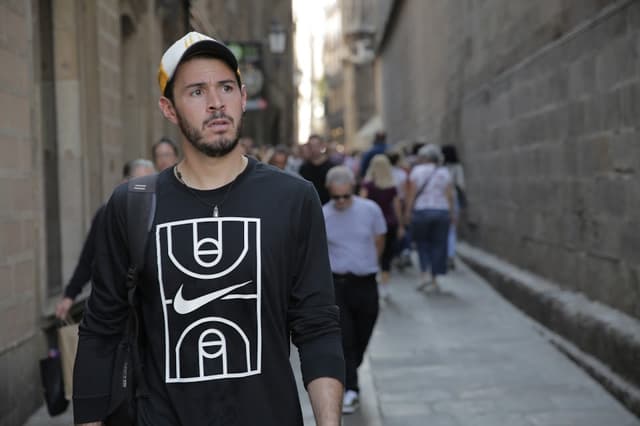
Book a tour with me
Email me: patrickguidebarcelona@gmail.com
Private walking tours of the Raval and Old City Tours start at 200€ for 2 hours!
Getting There
Barcelona’s Raval is at the heart of the city. Depending on where you are coming from it is extremely accessible waking. There are also many bus lines that will bring you to Plaça Catalunya or the surrounding areas. I would recommend taking the metro.
🚇With the metro, you can get to the Gothic Quarter with three different lines: Red, Green, and Yellow.
🔴L1 Red Line: Catalunya , Universitat
🟡L2 Purple Line: Parallel, Sant Antoni, Universitat
🟢L3 Green Line: Catalunya, Liceu, Drassanes, Poble Sec
Where to Stay in El Raval
Here are some of the better options if you want to stay in the Raval, if you are worried about safety at night, staying across La Ramba in the Gothic Quarter will put you at the same distance from all major attractions and give you that sense of security.
⭐️⭐️⭐️
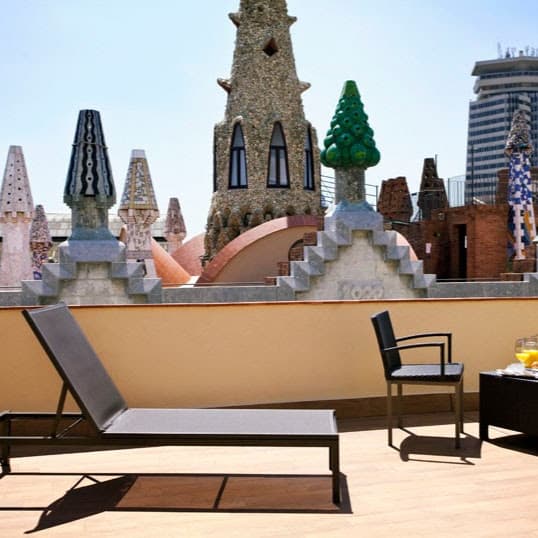
⭐️⭐️⭐️⭐️


⭐️⭐️⭐️⭐️⭐️

Can’t Miss Raval
Visit this Gaudí Mansion
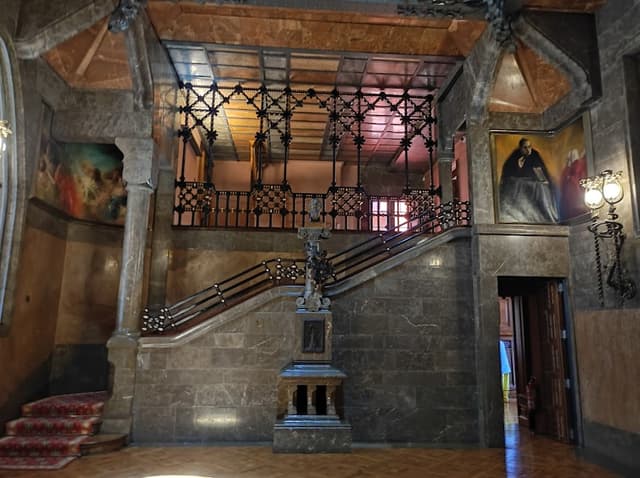
Maritim Museum

See where Gaudí died

Climb Botero's Cat on Rambla del Raval

MACBA
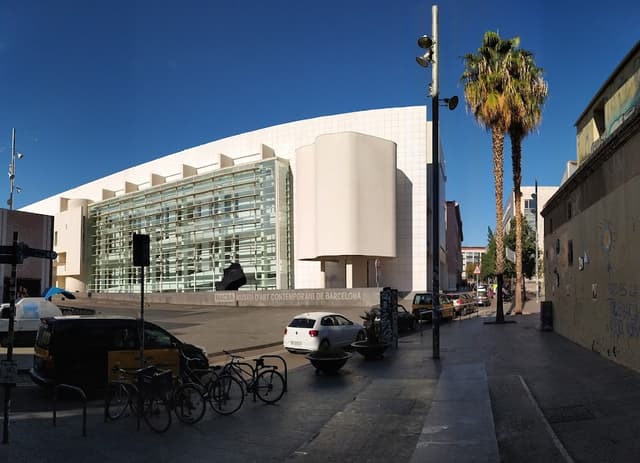
CCCB

Sant Pau

Get 360 Degree Views

Boquería Market 🥬

Attend the Opera 🎭
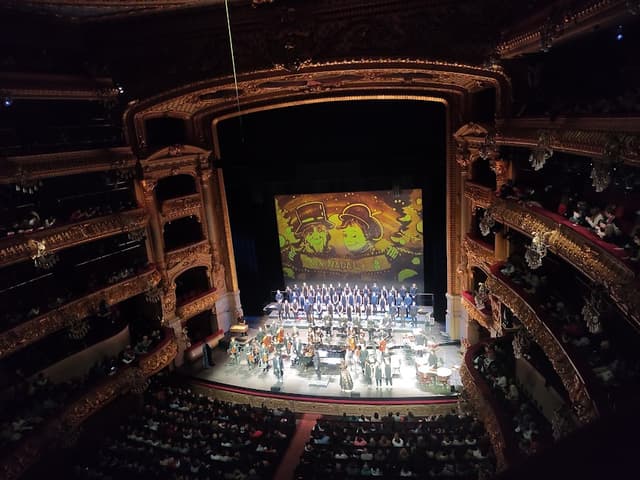
The Last Medieval Wall 🏰
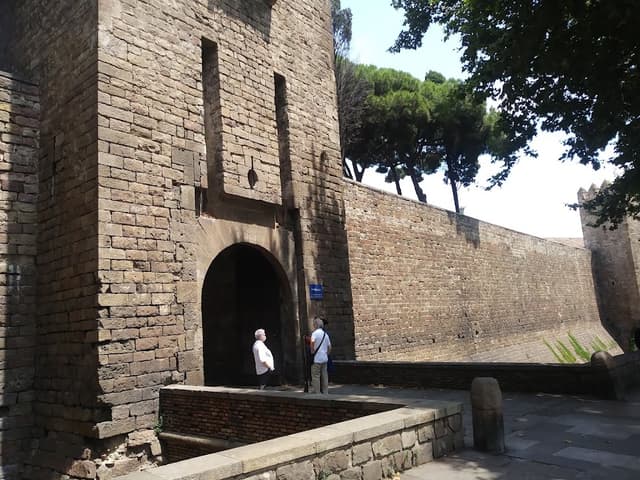
Eat 🍽️





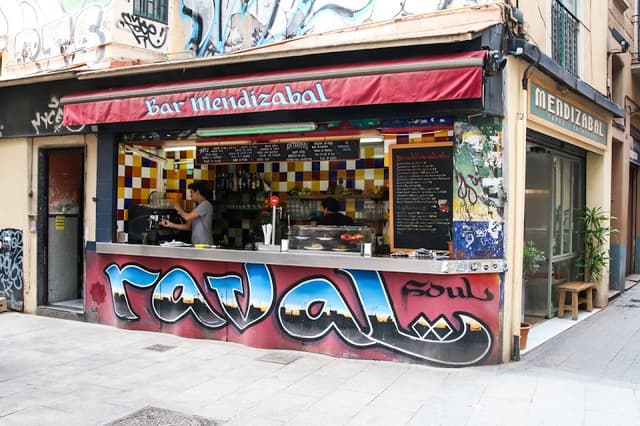
Drink🥃





Craft Beer 🍻



Coffee ☕️ and Tea 🫖



Nightlife

Where to Shop in the El Raval

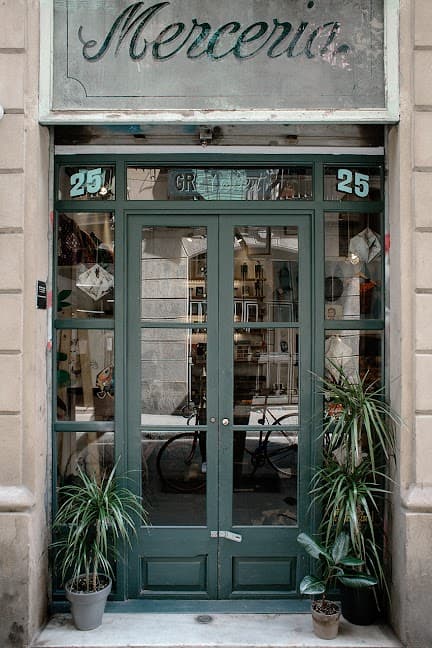
Activities in the Raval
The Raval is really popular for its street art scene and many tours are lead through the area to see the graffiti and newer tehcniques that are being used by some of the cities leading street artists.
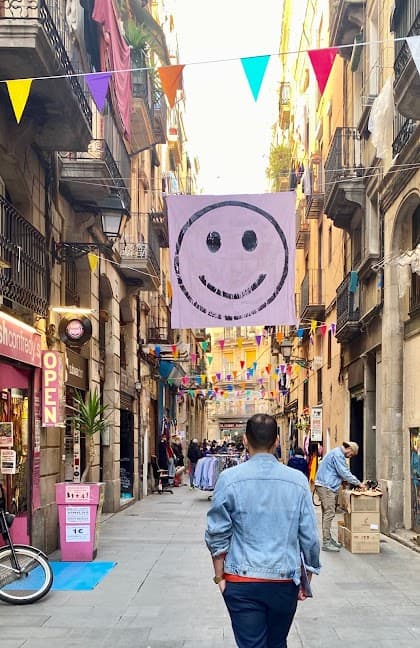
Weather
Barcelona is a beautiful city, pretty much all year round. Outside of summer you might want to think about about having an extra layer on hand when walking around the Gothic Quarter, the narrow streets don’t let a lot of sunlight though pets of the neighborhood and you will definitely notice a different.
Thank you again for purchasing this guide! I hope it uncovers all that makes the El Raval such an incredible part of the city. For more information about other neighborhoods and Barcelona as a whole, check out some of my other guides!
The home for unique & authentic travel

